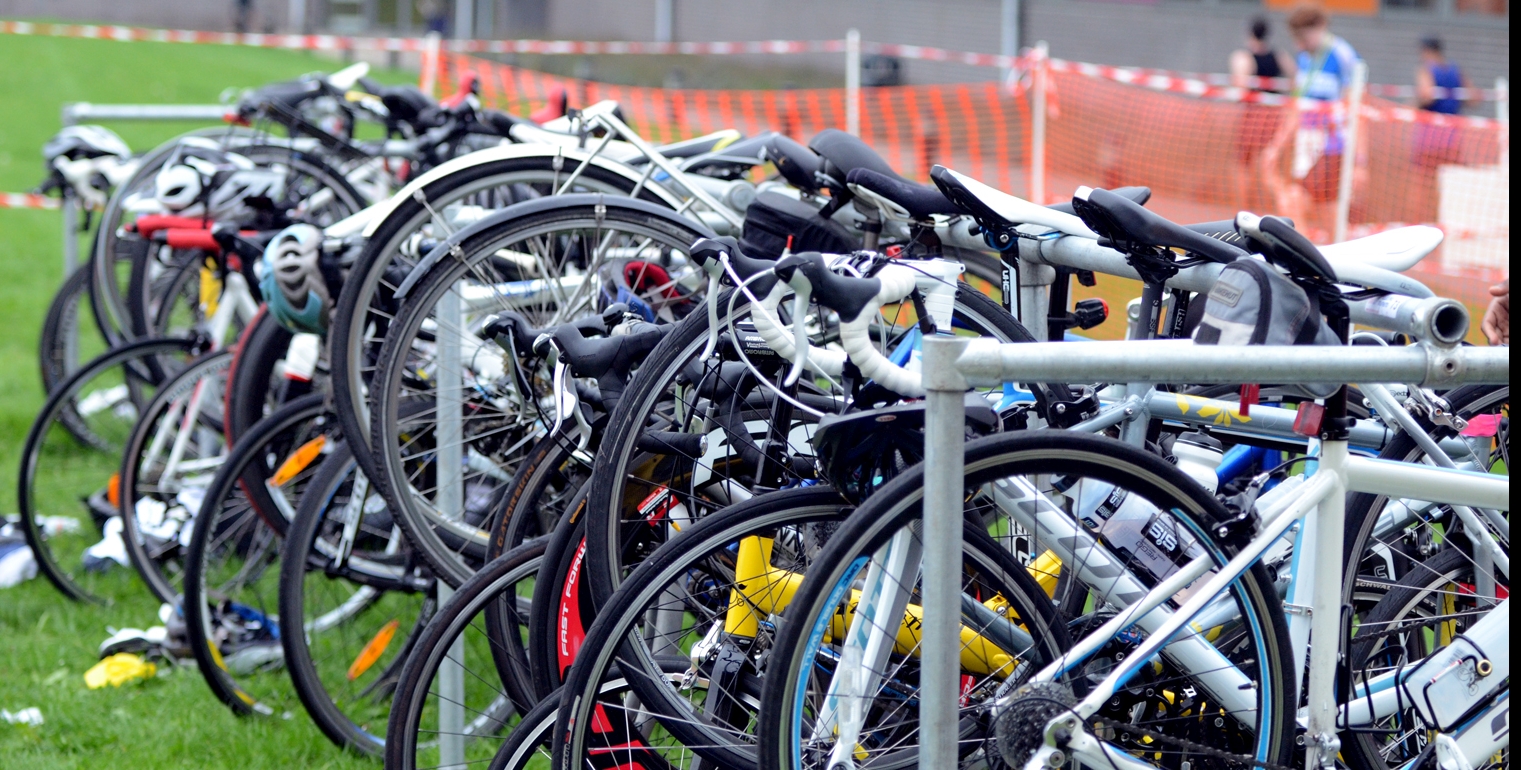
Our resident Ironman Danny Isaacs reflects on how we CAN find enough time.
You’ll hear it at club training, Saturday morning at parkrun, or Sunday morning on a ride: “I would love to be able to do another session each week, but I just can’t fit it in”.
It is the reality of the lives we lead that family, work, friends and socialising all have to be balanced alongside and at times prioritised over our love for triathlon. We’re not in the same boat as professionals who have the luxury of training as their day job…we just have to make everything fit, and that is not easy.
It can be stressful to figure out how to fit in a swim around picking the kids up from school, taking them to various clubs/sports practices and getting dinner on the table, and first thing in the morning it can be hard to think what food you need to take to work with you so that you’re fuelled for an evening training session, or what kit you might need that day.
Although I don’t have a family to take care of, my current schedule involves full time work, studying two nights a week, seeing my girlfriend and socialising, as well as training – all things that are important to me and that I enjoy. Over a couple of years of trying and pretty much failing to manage these different aspects of my life I have come up with a few things that have really helped me to balance all the plates as it were…I hope you find them helpful too!
- Write/buy/download/copy a weekly training plan
This can be as simple as printing off an online calendar of the coming week and writing down days/times when you can fit in training. The first things that should go onto the calendar are commitments and responsibilities outside of triathlon…it’s no good winning your age group at your A race in the summer if you haven’t got any friends left to celebrate your success with! Once you’ve got these commitments down, then plan training around them. This way you only ever plan to do what is manageable each week, and so won’t come away feeling disappointed that you didn’t train as much as you’d planned to. The advantage of doing this weekly is that it is quite unlikely that your commitments will be exactly the same each week, and so you can be more flexible by adopting a weekly planning approach rather than a monthly one.
- Preparation
By preparation I mean anything that you can prepare in advance that will make your life easier on a day-to-day basis. The first things that come to mind are food and kit. If you have a bit of time on a Sunday, cook up a big meal that you can divide up and freeze and then just pull out of the freezer in the morning for lunch that day. Similarly, packing your kit for the following day the night before. Both of these simple strategies have saved me significant amounts of time in the morning and also allowed me more time in bed, and we all love an extra 15 minutes!
- Creativity
There are a whole host of ways that you can incorporate aspects of training into your daily life. One of my favourites is doing calf raises or balancing on one leg whilst brushing my teeth – looking after my dental bills at the same time as developing my calf and core strength! Another of my favourites is working on core strength at my desk by adopting good posture in my chair, engaging my core, and then lifting my feet off the floor for short 20 second intervals. Harder than it sounds! These little additions to daily routine really can save you time in the long run.
- Doubling up on sessions
Now this one might not be for everyone, but personally I am a big advocate of sessions back to back. I’ll often swim and then run straight after, or swim and then do my strength and conditioning in the gym – if you’ve already made the effort to get to the leisure centre for a swim, then save the effort of getting back there a second time in the week and do 15 minutes of squats and core work after. It’s a great time saver and also very effective training, as you are priming the body to cope with two different types of physical and mental stress one after the other, as in a race.
- Quality over Quantity
This has probably been the hardest of all the lessons I have had to learn whilst training for any distance race; quality should always be prioritised over quantity when it comes to training. If you are pushed for time you are much better off doing a really solid 30 minute run with some hill reps or 5km pace intervals incorporated into it, than trying to fit in the 90 minute easy distance run, getting stressed because you don’t have enough time and then ending up only doing part of it or worse yet, not getting out for a run at all. Be realistic with the time you have and make the best possible use of it (See #1!).
So there you have it, a few suggestions of ways that you can maximise your time and still get some good quality training in. This is no means an exhaustive list but hopefully it will help you to manage all of your different commitments and help you keep time for the important things in life like meeting your mates at the pub on a Friday night or watching your kids in their swimming gala on the weekend.
Good luck for the rest of the season!
Danny
